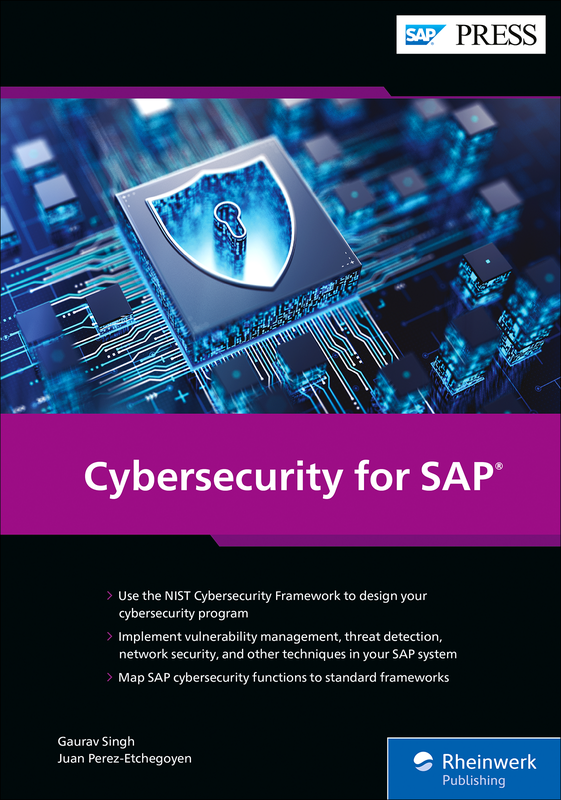The State of Application Security: Oracle and Onapsis

Originally posted by Brian Rutter on LinkedIn
Organizations today face multiple pressure points when it comes to protecting critical enterprise and IT assets, including their business applications (e.g., HCM, CRM, and ERP). For example, there is the “lift and shift” involved in moving these applications to the cloud as seamlessly and securely as possible. There is also the digital transformation of businesses, with senior leadership seeking to gain competitive advantage and drive business outcomes through technology innovation. Countless compliance mandates also exist, resulting from a growing regulatory environment where the lack of adherence can result in both brand and financial loss. In addition, there continues to be a sophisticated security threat landscape with new rogue actors and criminals now targeting business applications.
That’s why a resilient security posture which provides for—among other things—monitoring and addressing vulnerabilities is paramount to operational success. Organizations must continually assess risk—using their security tools and services—to deliver actionable insights that accelerate responses and remediation in real time. Greater visibility into application security, particularly through automated controls and threat intelligence, helps ensure that all parts of the stack remain protected.
The importance of maintaining a robust security posture around critical business applications cannot be minimized. Brennan Baybeck, SVP and CISO of Oracle Advanced Customer Services, further explains that as business models evolve and promote cloud adoption, organizations will rely on more integrations and more interfaces, which will further add complexities and challenges for chief information security officers (CISOs) and their teams.
Complexity can create added risk. For example, an application that is possibly developed or deployed too quickly without all necessary security checks can leave an organization open to attacks. Malicious actors can, without adequate safeguards, take advantage of vulnerabilities and gaps to infiltrate or compromise critical systems. Organizations must consider the potential risks impacting the DevOps process, which may arise from third-party integrations or inadequate logging and monitoring, when properly building a resilient security posture.
Recently, Brennan and Mariano Nunez, Co-founder and CEO of Onapsis, one of Oracle’s cybersecurity partners, held a fireside chat where they examined the state of application security. They talked about recommended business practices when constructing a security framework that helps deliver confidence, especially when it comes to applications, whether on premises or in the cloud. These practices include:
- Building a trusted partnership with your managed security or software providers where there is a unified approach to application security
- Working with security experts who combine their knowledge of business applications and decades of threat research experience to offer the right levels of security intelligence and insights
- Undergoing a security posture assessment early in your cloud transformational process so you can be proactive rather than reactive
This is a world driven by digital data and insights. It is a world where threats are on the rise, threat actors are more sophisticated than ever, and it is a world where there is a scarcity of cybersecurity professionals to handle the exponential demand for resources and skills. We urge you to watch the fireside chat to gain the shared knowledge of Oracle and Onapsis on why application security is strategically essential for today’s business



